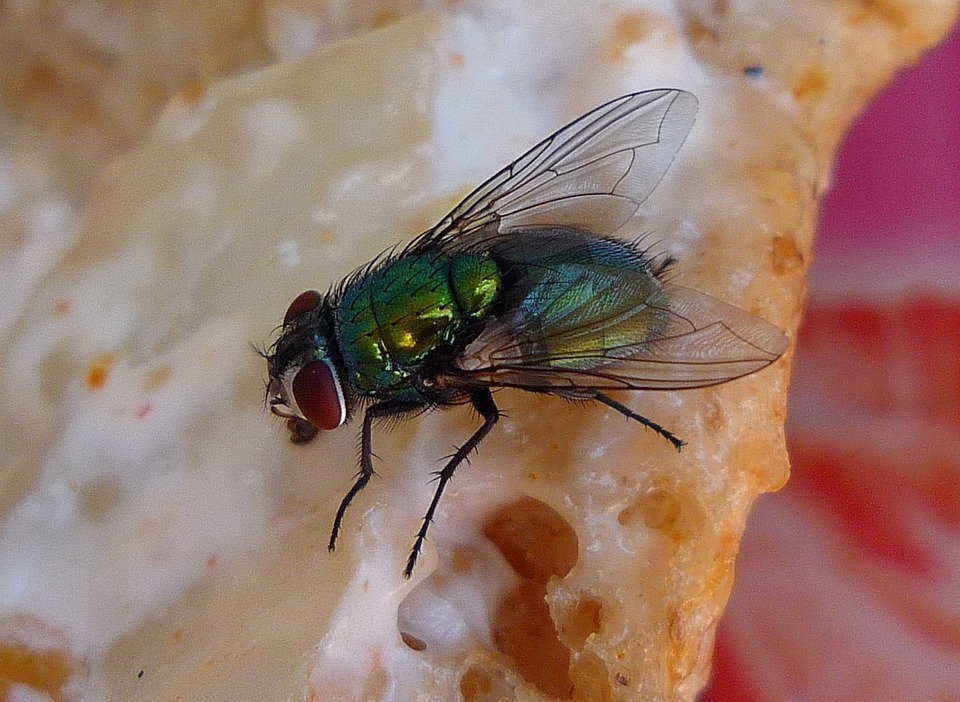Keeping bugs away from your home is essential for maintaining the overall appearance of your house, for hygiene and health reasons. The good news is that it is not rocket science to keep pests and bugs away from your home. You can use tools like electric bug zappers as they are quite convenient. They are pretty popular nowadays and very effective in keeping the little buggers out of your properties.
However, that’s not your only option. You can always use some of the most common household items to repel the little intruders.
Here we have a list of the top 5 household items you can use to repel bugs.
#1 Vinegar
Vinegar has so many uses, and fortunately for most of us, it is excellent at repelling bugs. This very common household item is a natural detergent for all bugs, ants included. A mix of even parts of vinegar and water in a spray bottle works excellent at repelling pests. One needs to spray the mixture along the perimeter of your house, table legs, wall cracks, around the kitchen, etc. The bugs will start coming out from pretty much everywhere you believe the bugs are hiding. Once it wears, you need to reapply the vinegar.
#2 Peppermint Oil
Peppermint is great at repelling caterpillars, moths, mice, lice, flies, beetles, aphids, and ants. Basically, there are three ways to apply peppermint oil to repel bugs:
- You can apply the oil over the affected areas.
- You can dilute peppermint oil with water and spray the affected areas or the perimeter of the areas you want to be protected.
- Soak cotton balls with peppermint oil and place them in the affected areas.
The key thing with peppermint oil is to place it strategically on areas frequently visited by pests. Entrances and doorways are always good targets.
#3 Fabric Softener Sheets
The thing with fabric softener sheets is that they contain a compound known as linalool which features an odor that repels bugs. There are reports from many people claiming that this method helped them repel bugs from their homes. There are even reports that even used fabric softener sheets get the job done relatively well. That’s because the linalool is still present even after the fabric softener sheet was used.
#4 Citronella
Pretty much anything that contains some level of citronella can help repel bugs. Some folks soak towels with citronella and place them all over the house, and others burn citronella candles. Then some spray the house with citronella sprays. Fortunately, citronella smells excellent for people, whereas most bugs can’t stand it.
#5 Garlic
Most bugs hate the smell of garlic. That is one of the reasons why people that eat garlic regularly get fewer mosquito bites. Placing garlic cloves all over the house can repel all sorts of bugs. If you are not into garlic, use fresh garlic cloves whose odor is not that obvious to humans, whereas it is very extreme to the bugs you want to repel.
